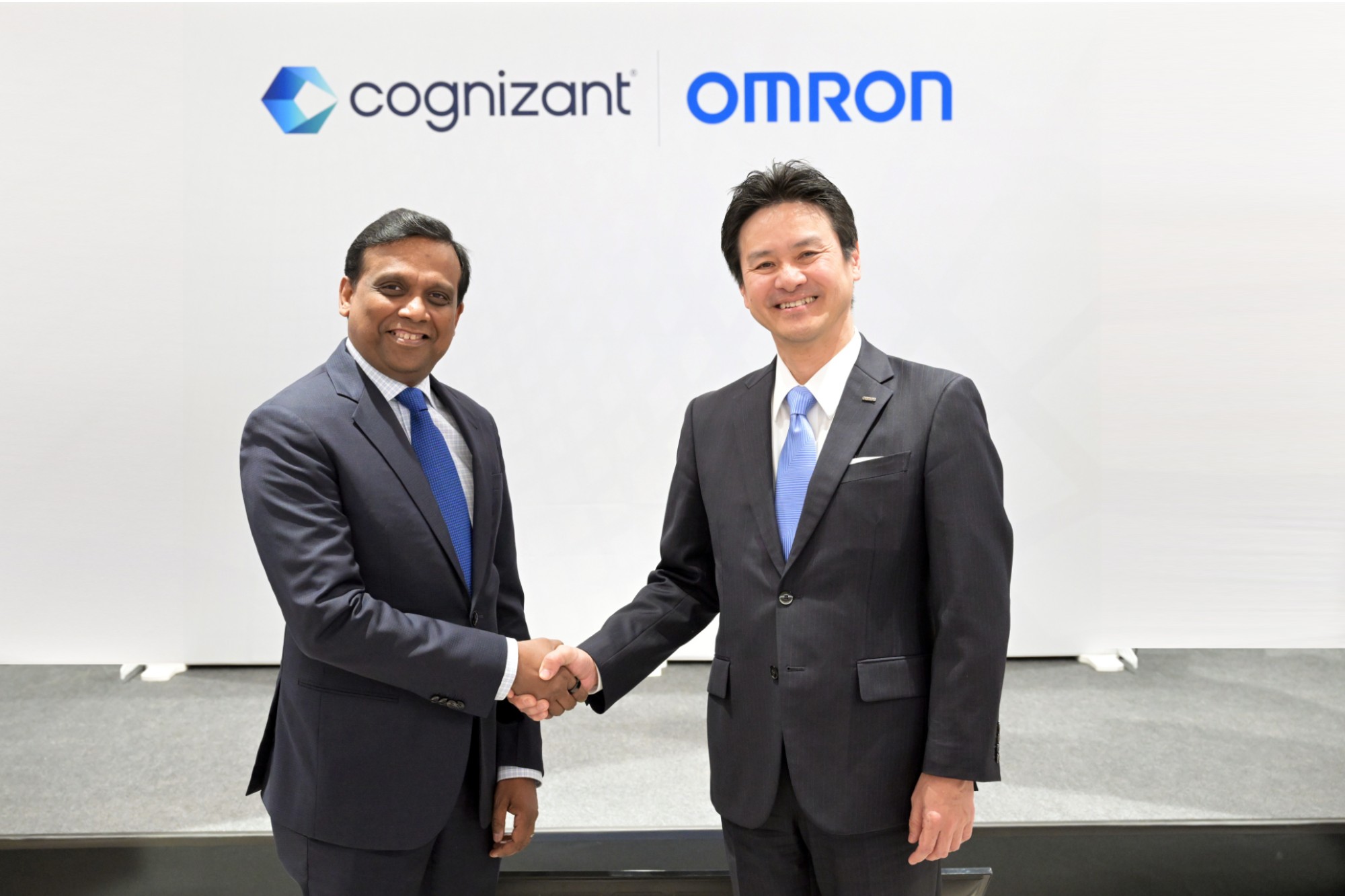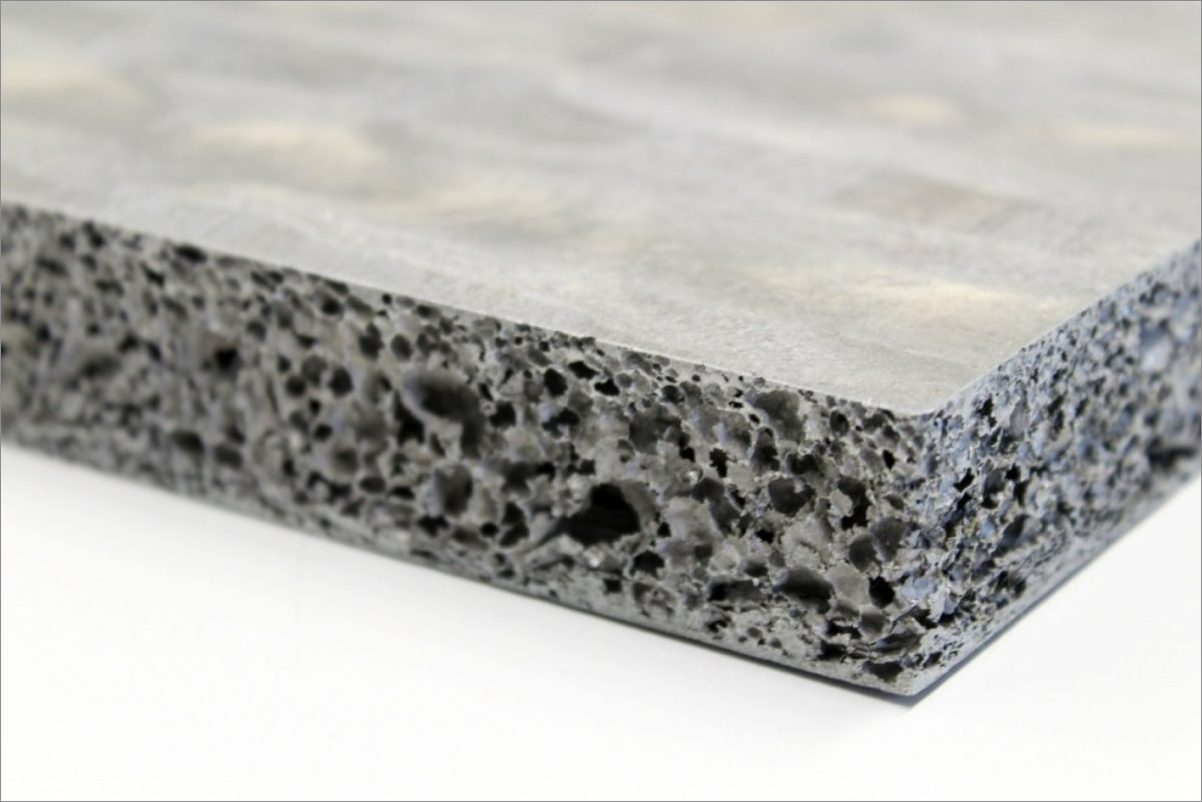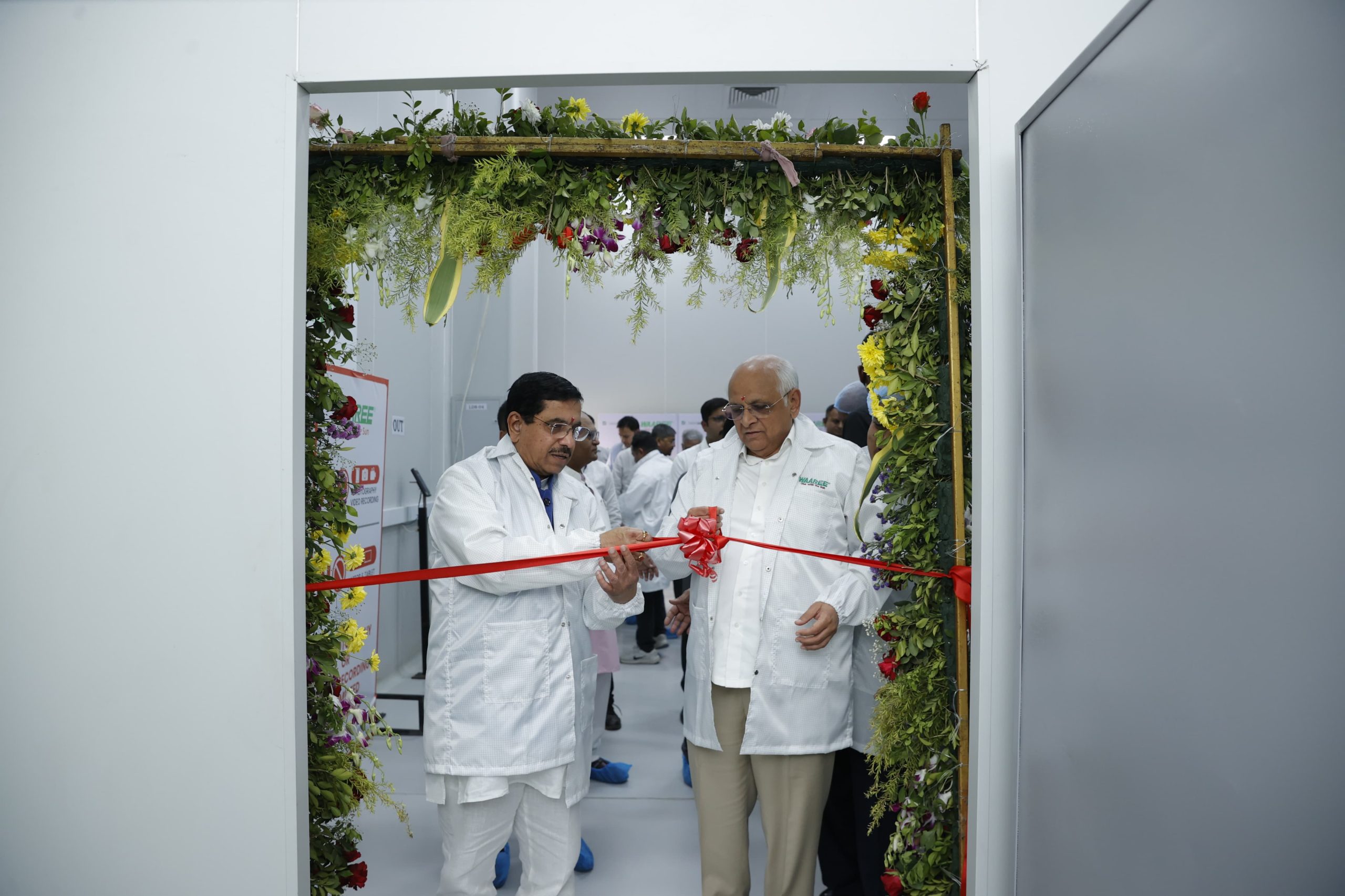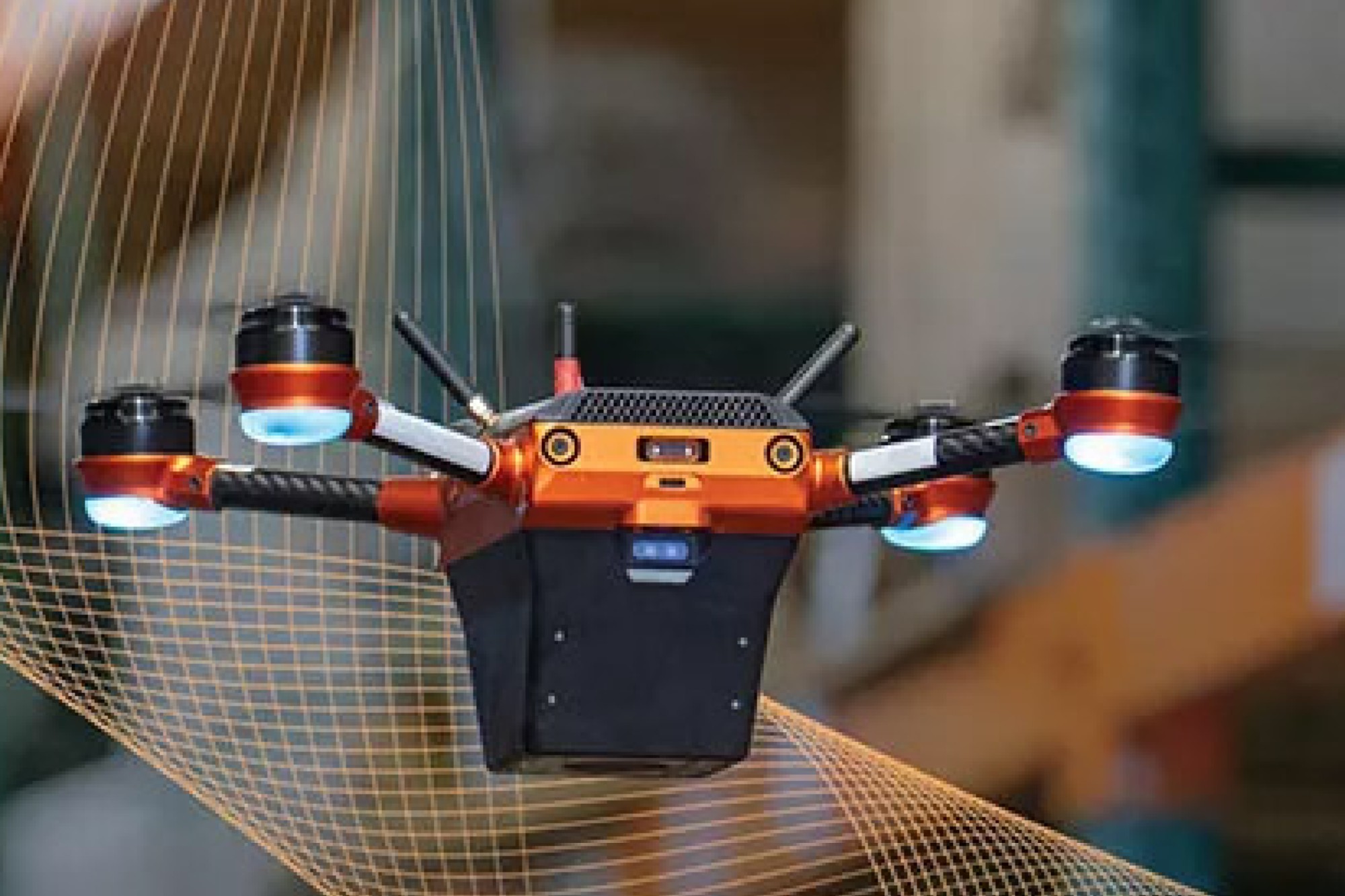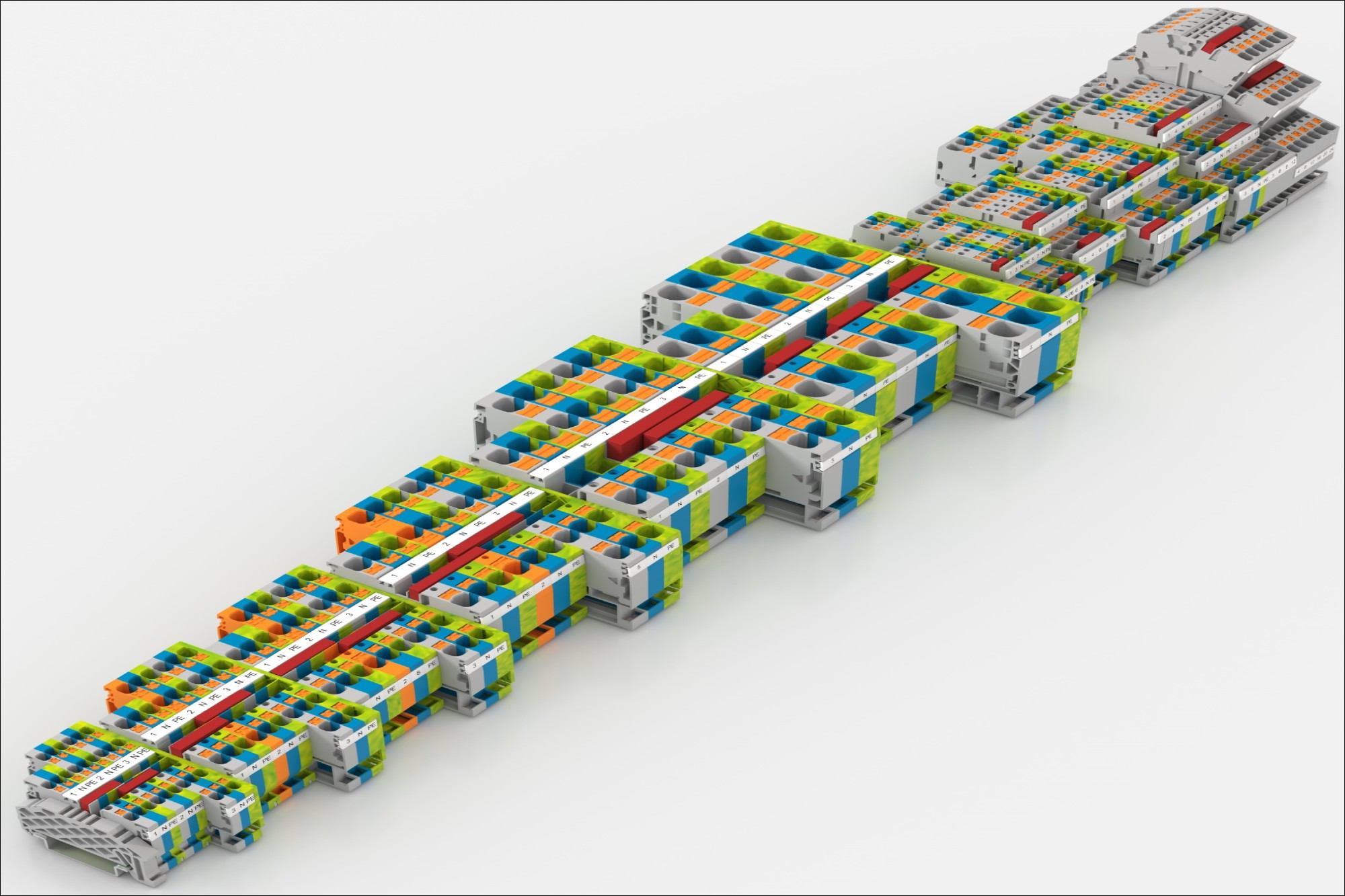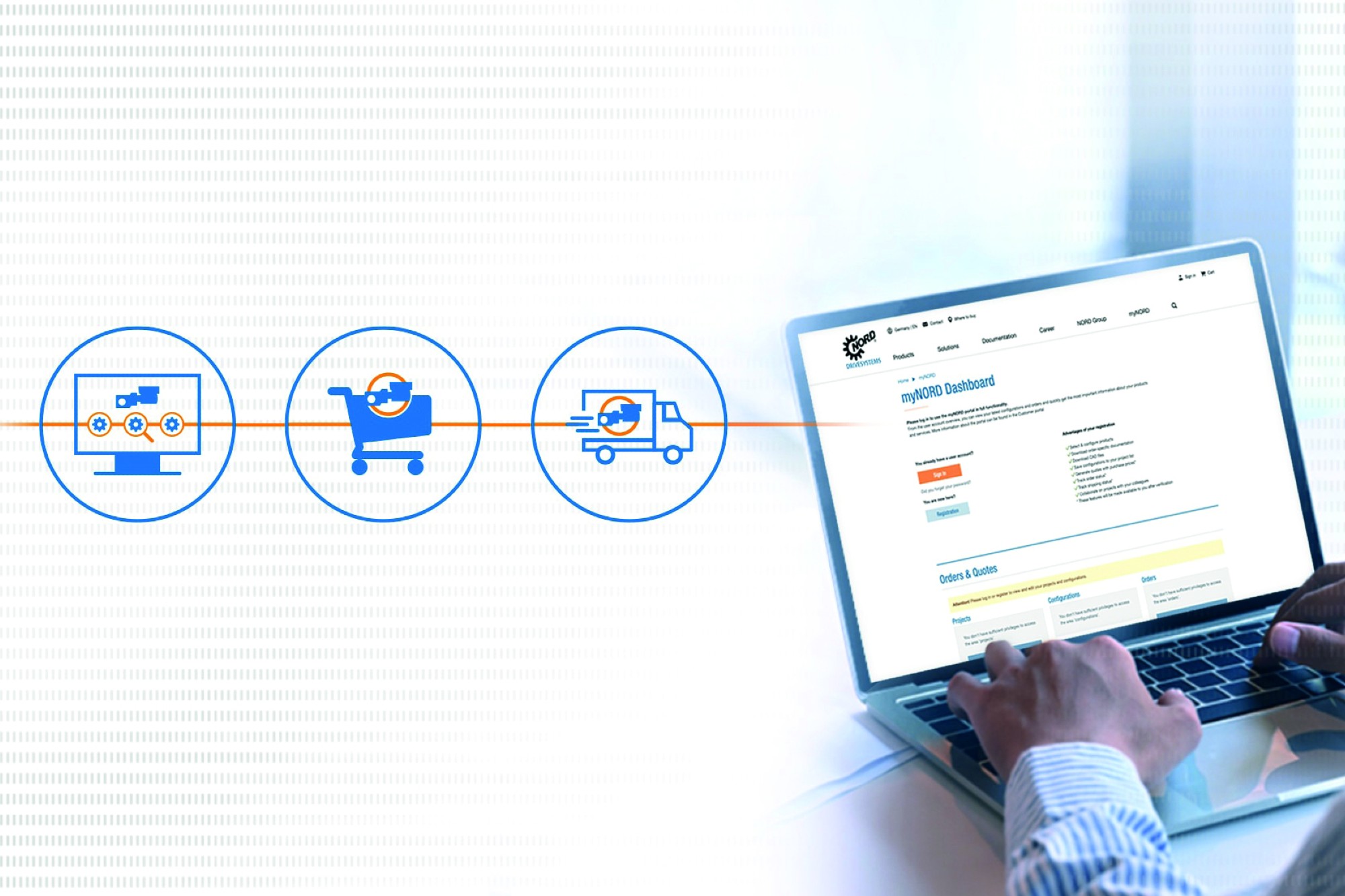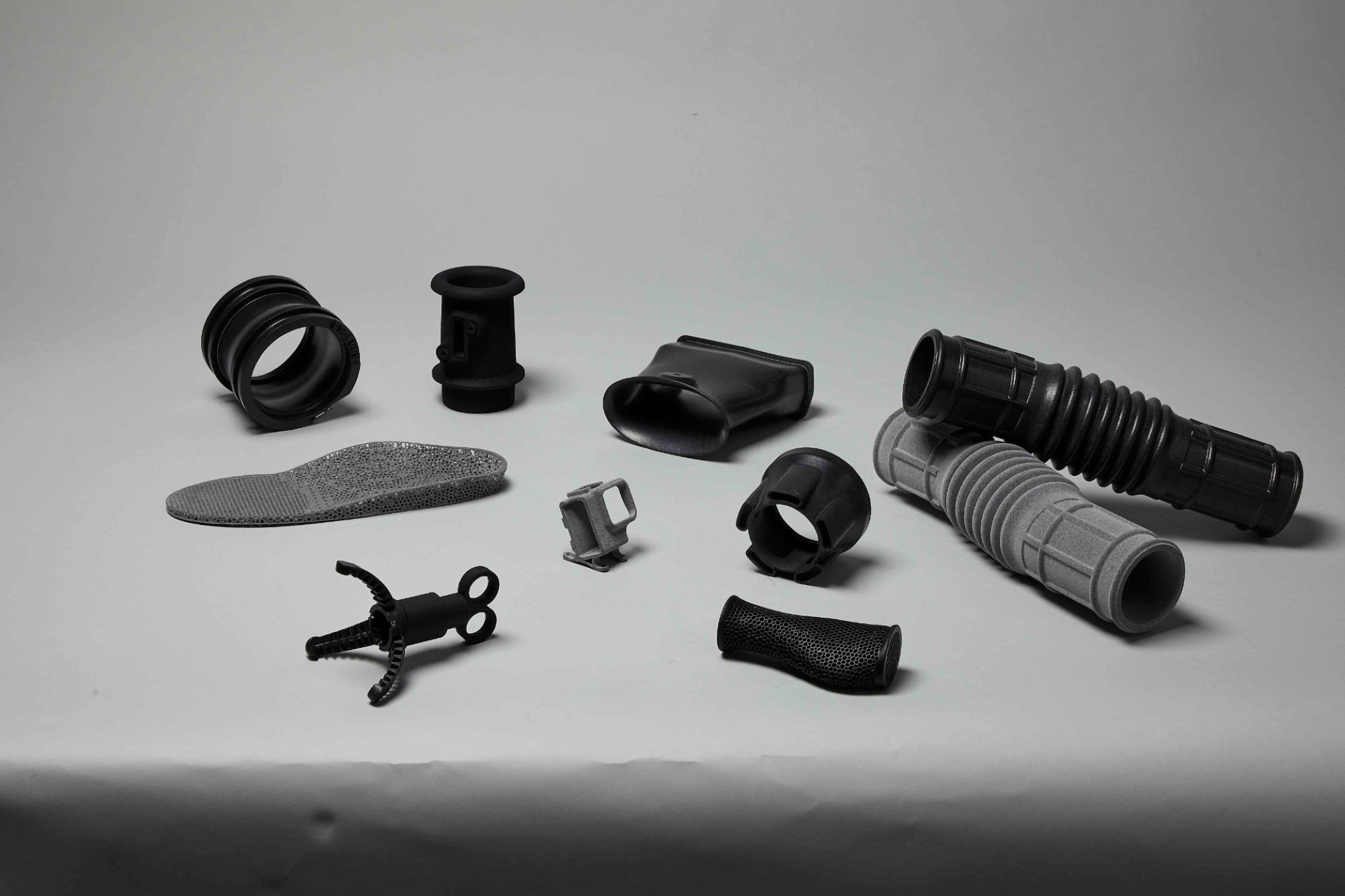5 ways that 3D measurement empower automotive industry
By admin April 13, 2016 5:57 pm IST
Highlighting the ways in which 3D measurement systems have been simplifying workflow and lowering overall costs for automotive industry users
In the manufacturing world, the notions of efficiency, quality, and cost are most often surfaced as top concerns when it comes to product development and execution. Companies are constantly on the lookout for solutions to improve workflow, either by doing more with less, eliminating activities that do not add value, or by increasing production volume through innovation.
For an automotive manufacturer, this would mean a hastening of its time-to-market or an improvement in production speed, all without compromising product quality. While 3D measurement systems are not new to the industry, here are five ways in which they have been simplifying workflow and lowering overall costs for automotive industry users.
1. Rapid prototyping of virtual models & reverse engineeringClay modelling is a technique that car makers of today still rely on, despite the advent and ubiquity of 3D computer modelling systems. Clay models range from scale- to full-sized vehicles, and include mock-ups of interiors and a variety of other parts (e.g. wheels, trim components, and steering wheels).
As a design process may start off with a clay model, manufacturers have found it useful to be able to perform a quick scan on these models in order to convert them into digital data that computer-aided design (CAD) programs can further evaluate or manipulate.
In fact, manufacturers now have access to devices that possess both contact and non-contact measuring capabilities, which essentially integrates the 3D modelling processes into a single step. Using a portable laser line probe, users can quickly and easily digitise the clay model. Once generated, the virtual model can then be distributed to various departments for further evaluation and design review. Examples of such tests include computational fluid dynamics (CFD), finite element analysis (FEA), wind tunnel airflow simulation, crash simulation, and others.
Furthermore, potential problems can also be identified before the parts are brought together for assembly. In fact, a virtual assembly of parts can be performed even before parts are shipped to the plant. The ability to ‘assemble’ components this way is a requirement for companies that subscribe to the digital factory vision, and it can amount to significant cost-savings for a car manufacturer.
Engineers often also rely on 3D imagers to extract CAD data from an existing part, so as to use the data for reproduction or for design modifications.3D imagers can be integrated into the production environment as required, whether in conjunction with a rotary table, robot, or industrial inspection cell. And technological advancement has enabled metrology suppliers to come up with 3D imagers that provide high resolution scans, process data on-board, and allow adaptable multiple imager arrays, all of which push the envelope to shorten inspection cycle time. With the advent of such technology, automotive manufacturers in search of an effective way to conduct in-process or near-process inspections have more options than ever before.
2. Body panel & stamp die inspectionA passenger car typically consists of hundreds of stamped, shaped metal parts, including structural components, interior panels, and visible panels (e.g. hood, fender, door, roof, etc.) that form the ‘look’ of the car. The quality of the visible surface of these parts is crucial to the overall aesthetic appearance of the finished vehicle, and is affected by the quality of the stamp die on which it is formed.
A stamp die commonly goes through several modifications before it produces a good panel part. This means that the surface of the die might look considerably different from its initial CAD model by the time it is ready for mass production. Auto manufacturers usually capture a scan of the modified press die, so as to update the CAD model to reflect these changes. In case the stamp die is damaged or altered in any way during transportation, or if an additional one is required, a second one can then be reproduced easily.
Portable coordinate measuring machines (CMMs) such as laser trackers and articulated arms have proven to be exceptionally useful to engineers for these types of inspection jobs. As test panels and stamp dies are typically bulky and heavy, the ability to perform in-line inspections is highly valued. Instead of transporting an object of interest to a climate-controlled room for measurements, the engineers can simply bring the portable CMM to the production line. This helps the company to save on time and manpower, and also improves workplace safety.
Cookie Consent
We use cookies to personalize your experience. By continuing to visit this website you agree to our Terms & Conditions, Privacy Policy and Cookie Policy.





